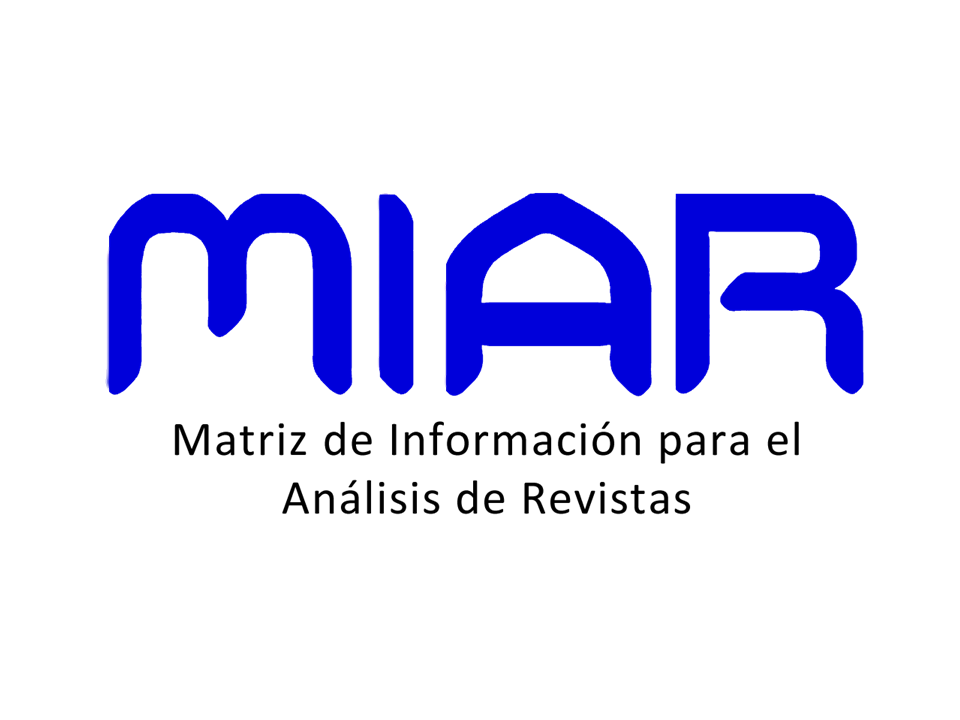TRACES OF THE BODY
A POETICS OF ABSENCES
DOI:
https://doi.org/10.22478/ufpb.1983-9979.2023v18n1.66331Keywords:
Body, ARCHEOLOGY OF KNOWLEDGE, Speech, MUSEUM, HOLOCAUSTAbstract
The bibliographical study aims to explore the material and immaterial reality of bodies based on an analytical gesture of two sculptural groups in the city of Budapest, Hungary: the Memorial to the Victims of the German Occupation and the Shoes on the Danube. To do so, at first, we resumed the discussion about the restlessness of the word in Foucault (2008), the impossibility of reaching the truth in an apophantic, essential sense. In a second moment, we deal with the body and its modulations from which culture, in the form of institutions, exercises control and power, especially with regard to museological artistic discourse (VENTURINI, 2017). A reading result indicates that, in one case, the body of the archangel Gabriel lends itself to a discourse of historical revisionism while, in the other case, the missing body of the victims of the Arrow Cross group metaphorizes the tragicity of the loss, (re) making present the past of the Nazi holocaust through the erasure of biographies and the political poisoning of the nation.
KEYWORDS: BODY; ARCHEOLOGY OF KNOWLEDGE; SPEECH; MUSEUM; HOLOCAUST.










